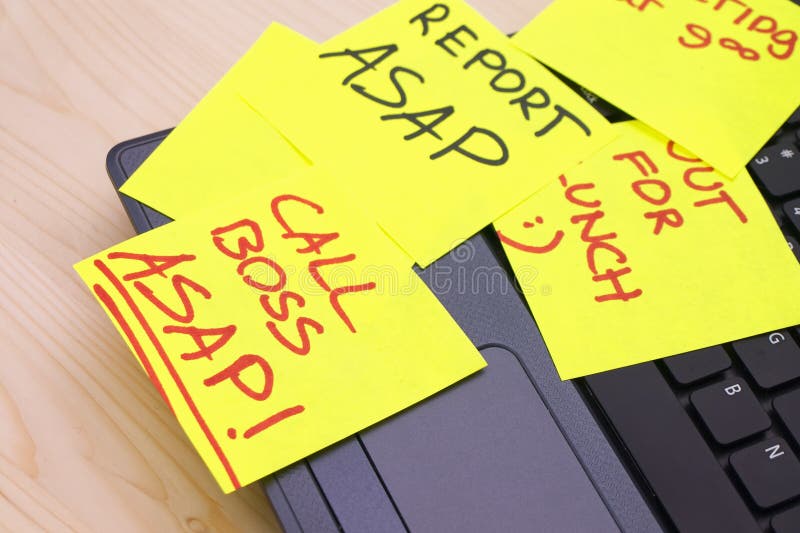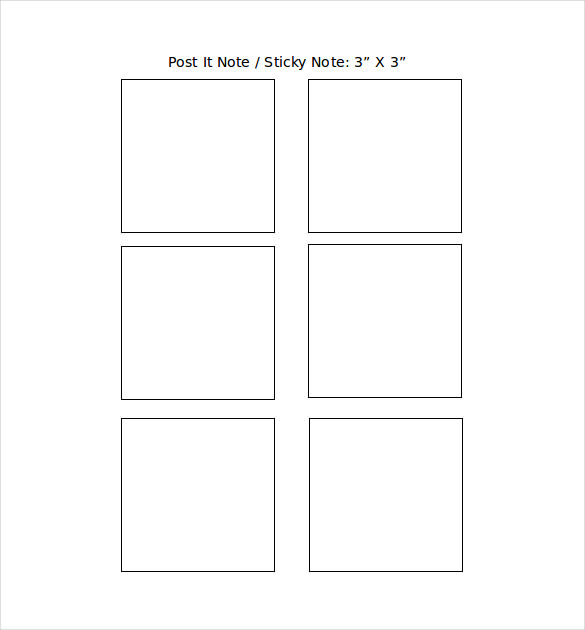



This means that developers can create and test applications in an environment that closely mirrors production, preventing configuration changes between development and production and ensuring a smooth transition from one environment to another. Podman Desktop also provides an out-of-the-box Kubernetes environment based on Kind. Work natively with Kubernetesįor developers interested in Kubernetes or targeting it as a deployment platform, Podman Desktop provides the ability to natively work with Kubernetes objects, which helps to gradually and naturally transition from containers to Kubernetes. This can help organizations onboard new developers more quickly and reduce the learning curve for containerization. The user-friendly interface and simplified management process make it easier for developers who might be intimidated by the command-line interface of other container management tools to get started with containerization. Onboard developers fasterĪnother advantage of using Podman Desktop is that it can help developers who are new to containerization get started more easily. This saves time and reduces the risk of errors when managing multiple containers or complex container configurations.

You can easily view and manage all containers in one place rather than having to remember and type out complex command-line commands. The main advantage of using a UI like Podman Desktop for container management, especially for enterprise developers, is that it simplifies the process of working with containers. This makes it a lightweight and efficient option for container management without the overhead of having to administer everything locally. Podman Desktop downloads, installs, and abstracts away the configuration of the underlying environment. Podman Desktop is a container management tool that lets developers easily create, manage, and deploy containers on their local machine.


 0 kommentar(er)
0 kommentar(er)
